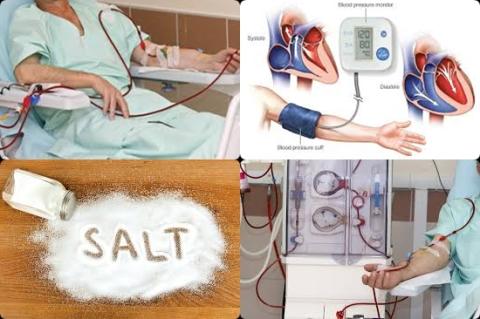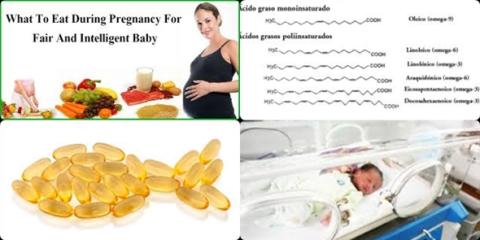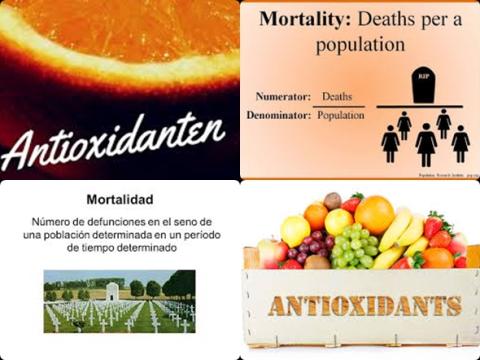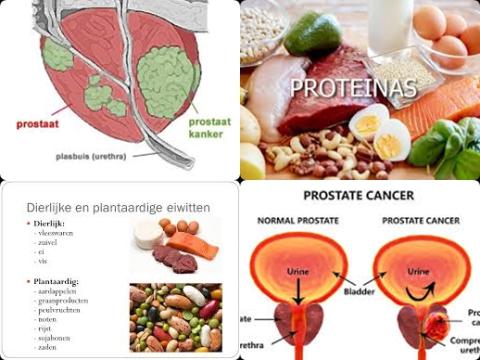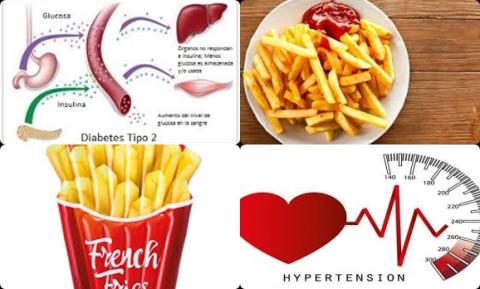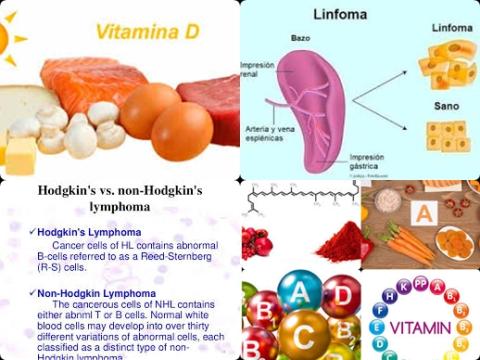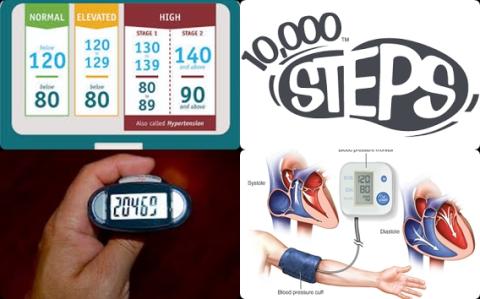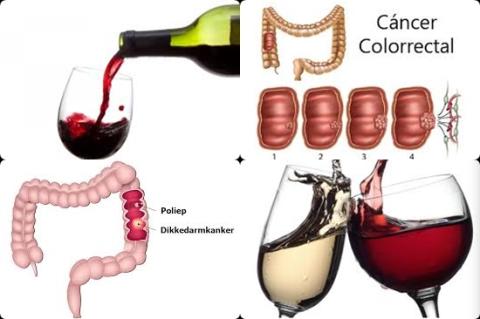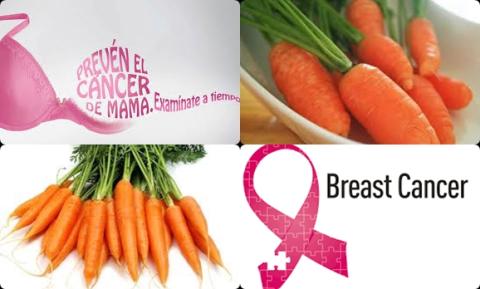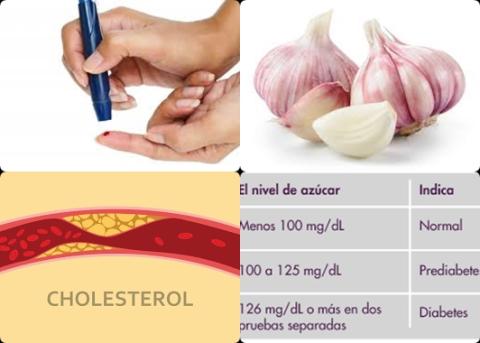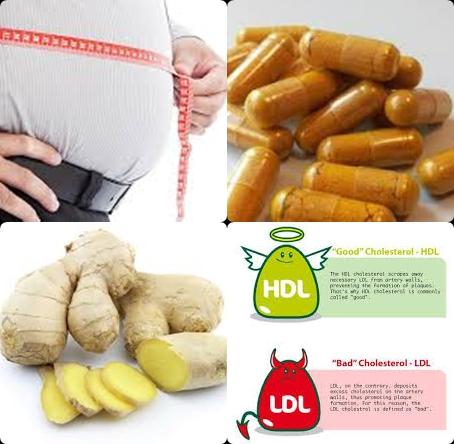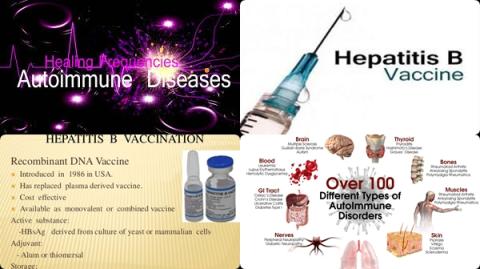Diet with medium-chain saturated fatty acids leads to higher HDL cholesterol
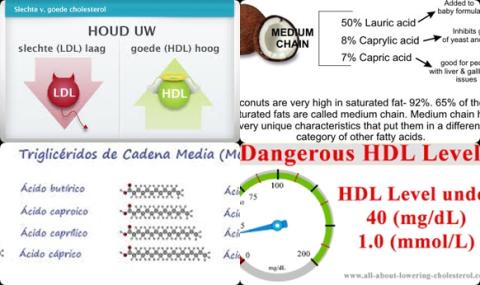
Objectives:
Medium-chain saturated fatty acids (MCFAs) may affect circulating lipids and lipoproteins differently than long-chain saturated fatty acids (LCSFAs), but the results from human intervention trials have been equivocal. Therefore, this review article has been conducted.
Have medium-chain saturated fatty acids (MCFAs) and long-chain saturated fatty acids (LCSFAs) differential impacts on blood lipids and lipoproteins in humans?
Study design:
This review article included 11 crossover and 1 parallel trial with a total of 299 participants [weighted mean ± SD age: 38 ± 3 y; weighted mean ± SD body mass index (kg/m2): 24 ± 2]
There was no evidence of statistical heterogeneity for HDL cholesterol, apoA-I and triglyceride concentrations. However, significant heterogeneity was observed for the total cholesterol [I2 = 49%] and LDL cholesterol analysis [I2 = 58%].
Results and conclusions:
The investigators found diets enriched with medium-chain saturated fatty acids led to significantly higher HDL cholesterol (good cholesterol) concentrations than diets enriched with long-chain saturated fatty acids [MD = 0.11 mmol/L, 95% CI = 0.07 to 0.15 mmol/L] with no effect on triglyceride, LDL cholesterol (bad cholesterol) and total cholesterol concentrations.
The investigators found consumption of diets rich in medium-chain saturated fatty acids significantly increased apolipoprotein A-I (apoA-I) concentrations compared with diets rich in long-chain saturated fatty acids [MD = 0.08 g/L, 95% CI = 0.02 to 0.14 g/L].
The investigators concluded diets enriched with medium-chain saturated fatty acids lead to higher HDL cholesterol concentrations and apolipoprotein A-I (apoA-I) concentrations than diets enriched with long-chain saturated fatty acids. However, further investigations are warranted to elucidate the mechanism by which the lipid profile is altered.
Original title:
Differential effects of medium- and long-chain saturated fatty acids on blood lipid profile: a systematic review and meta-analysis by Panth N, Abbott KA, […], Garg ML.
Link:
https://academic.oup.com/ajcn/article-abstract/108/4/675/5100313?redirectedFrom=fulltext
Additional information of El Mondo:
Find more information/studies on cholesterol, fat and cardiovascular disease right here.
Medium-chain saturated fatty acids (MCFAs) have approximately 6 to 12 carbon atoms in the chain. Coconut oil, palm kernel oil and coconut milk are by far the foods with the highest amounts of medium-chain saturated fatty acids.
Apolipoprotein AI (apo AI) is the major apoprotein of HDL and its serum concentration also correlates inversely with the risk for coronary heart disease (CHD).
